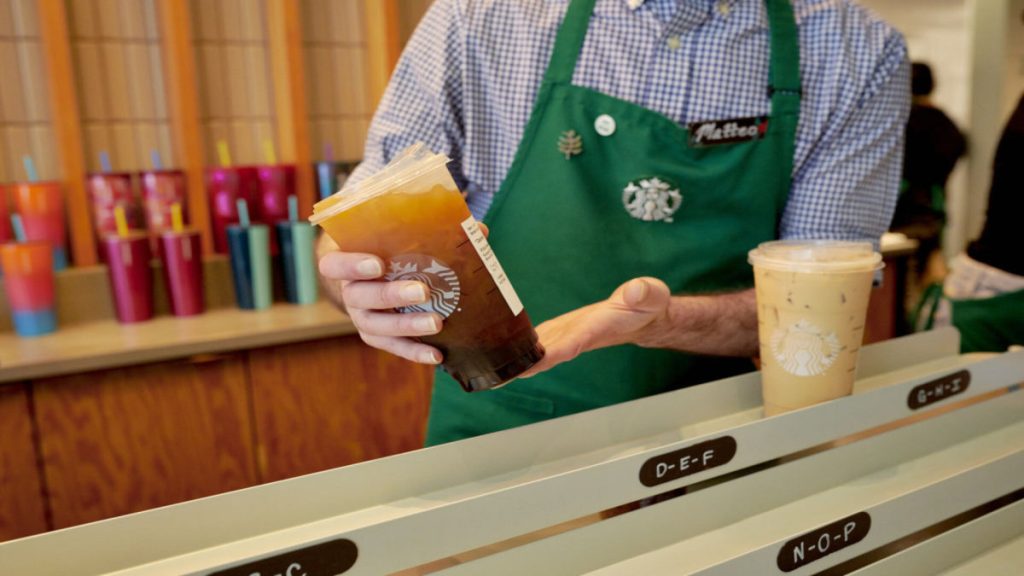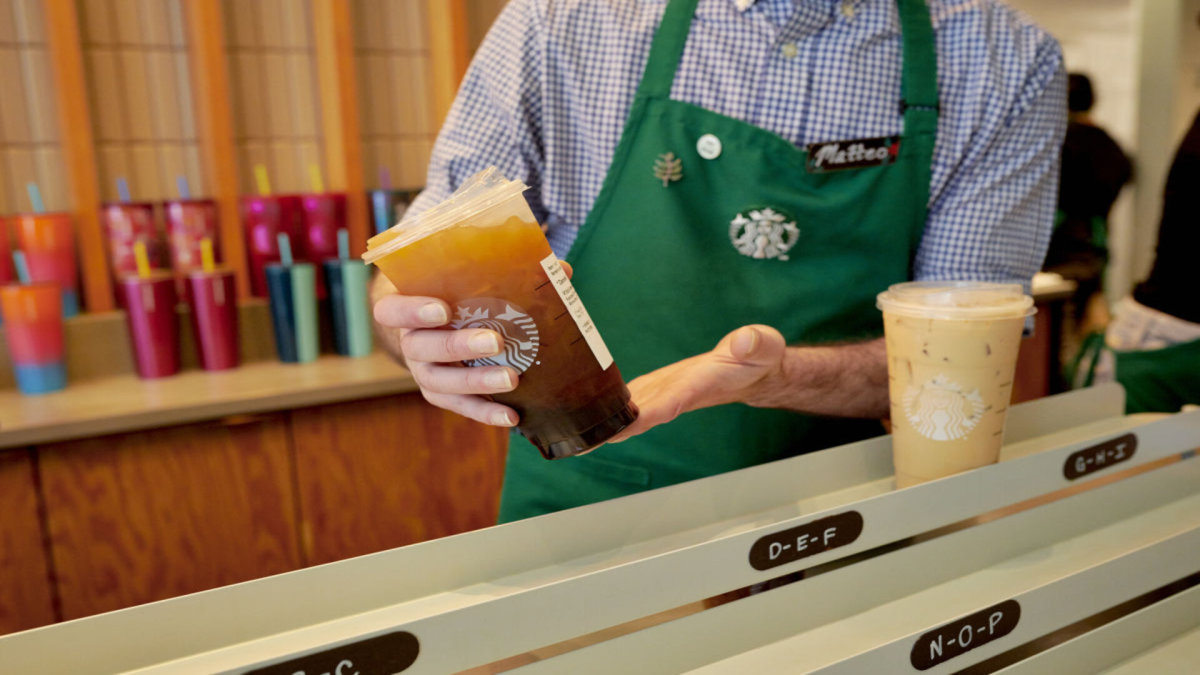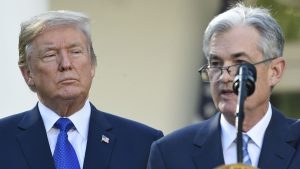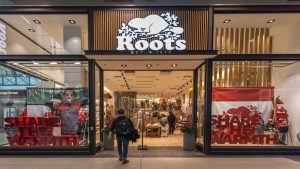Starbucks' pricing plan, profitability could be impacted by tariffs

Over the last few quarters, Starbucks has struggled with continuous sales declines and slower store traffic due to customers opting to get their morning cup of coffee at rival coffee shops instead.
One of the many complaints and reasons for this decline is consumers’ dislike of Starbucks’ prices, which tend to be higher than those of most coffee shops and have risen over the years due to inflation and extra charges for customizations.
💵💰 Don’t miss the move: Subscribe to TheStreet’s free daily newsletter 💵💰
Since taking over as Starbucks’ CEO, Brian Niccol has emphasized the need to bring the company back to its roots by focusing on its core products, personalizing the coffee shop experience like it once did, and keeping prices from increasing.
Related: Starbucks CEO announces major update on turnaround plan
“I made a commitment that we’d get back to Starbucks, focusing on what has always set Starbucks apart – a welcoming coffeehouse where people gather and we serve the finest coffee handcrafted by our skilled baristas,” said Niccol in an earnings call.

Getty Images
Starbucks’ turnaround plan is threatened by tariffs
To return the business to growth, Starbucks (SBUX) developed a turnaround strategy that aims to improve customers’ overall experience by redesigning stores, optimizing efficiency, prioritizing coffee quality, simplifying its menu, and keeping prices from elevating in 2025.
Starbucks has tried to freeze prices by eliminating extra charges for milk alternatives, reducing customization options, discontinuing menu items, and providing free refills for those who consume in stores.
However, President Donald Trump’s new tariffs could make Starbucks’ goal of price-freezing without risking further profit losses even more challenging.
Related: Starbucks removes fan favorite item, customers are shocked
President Trump announced in February that he would implement a 25% additional tariff on all goods imported into the U.S. from Canada and Mexico, a 10% tariff on China, and a 10% levy.
However, on Apr. 2, President Trump declared that foreign trade and economic practices created a national emergency. He implemented new tariffs on products imported into the U.S. from many countries, including an additional 10% baseline tariff.
President Trump claims that these newly imposed tariffs aim to combat this concern by encouraging the production and purchasing of American-based products, which will increase competitive edge, protect sovereignty, and strengthen national and economic security.
Starbucks’ main product faces challenges amid tariff implementations
Although Starbucks is an American company, most of its coffee is imported from over 30 different countries worldwide. Since more than 70 countries are coffee producers, only around 1% of all coffee consumed in the U.S. is made within the country.
Starbucks sources coffee from the three main regions that produce it: Latin America, Africa, and Asia/Pacific. Asia is one of the regions with the highest tariffs, with Vietnam now facing a 46% tariff on goods imported into the U.S.
However, since Starbucks only purchases arabica beans and Vietnam mainly produces robusta coffee, the coffee giant’s sourcing from this region is much smaller than others.
Many companies from all sectors are concerned about the negative financial repercussions the implementation of these tariffs could have on their businesses since some are highly dependent on imported goods from these select countries.
More Food & Beverage News:
- New Taco Bell menu items combines multiple classics
- How to eat free at Disney World this summer (and even more)
- Food giant releases new products ranch fans will love
Coffee beans comprise around 10% to 15% of Starbucks’ production and distribution costs. Nonetheless, the company doesn’t consider this a setback and has previously stated it will not raise prices in 2025.
Starbucks stated that its year-over-year coffee price impact was minimal during the first quarter of fiscal 2025 in its latest earnings call, expressing confidence in its pricing strategy.
The company has maintained its prices by shifting costs, including providing fewer discounts and removing all-day pricing to ensure better distribution of menu items and times.
Related: Veteran fund manager unveils eye-popping S&P 500 forecast
#Starbucks039 #pricing #plan #profitability #impacted #tariffs





